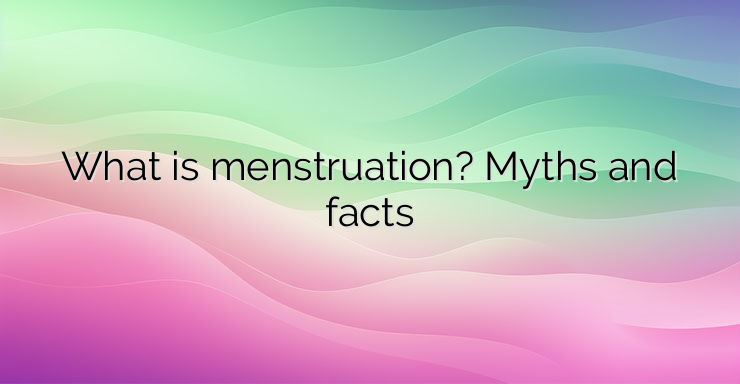About 52% of women in the world right now are of reproductive age, and most of them menstruate every month. In fact, menstruation is nothing but the result of unfulfilled fertilization. During the menstrual cycle, changes occur in the lining of the uterus (and not only!), which is called the endometrium. The glandular cells begin to proliferate and increase in number, thus the ducts of the glands elongate and even begin to coil around their axis. This also leads to an increase in the length and course of the blood vessels. Small arteries, called arterioles, begin to coil and fold to increase their surface area so that they can feed the proliferating glandular cells. The proliferation of blood vessels has another purpose for conception, because more endometrial vessels increase the chance of the conceptus (an early stage in human development) reaching the arteriole, starting to use the nutrients in the mother’s blood, and thus successfully completing the implantation process – attachment to the endometrium. The entire described process is under the influence of sex hormones such as estrogens and progesterone. So presented, menstruation means the expulsion of the unnecessary tissue from the uterine cavity, because it becomes redundant in the absence of fertilization. Menstruation is nothing more than a monthly disappointment in the body’s desire to be prepared for the wear of a fetus. From the above, it is understood that menstruation is an absolutely normal, physiological event, and also widespread, without which human existence would be impossible. Unfortunately, this is not how menstruation is understood in some places and religions. It remains a taboo and very rarely and hardly talked about. There are almost always social norms or unwritten rules about menstruation or communicating with menstruating women. For example, in some parts of India, menstruating women and girls cannot: Bathe because they will lose their fertility; To touch a cow, because the cow will become barren; To look at themselves in a mirror, because the mirror will lose its luster; To touch a flower because it will wither. Taboos related to menstruation are often tied to traditional associations with evil spirits, feelings of shame, and concerns about sexual reproduction. For example, in Tanzania, some believe that if a garment with menstrual blood is seen by others, the menstruating woman is cursed. NEWS_MORE_BOX Most disturbing are the restrictions on the mobility and behavior of menstruating women because of their impurity in several Asian countries. Here are the answers to some statements: I cannot attend religious institutions: Nepal – 67%, West Bengal – 71%; I’m not allowed to cook: Nepal – 46%; I can’t shower: Afghanistan – 70%. Iran – 52%, Gujarat (India) – 98%; Unable to attend school: Afghanistan – 29%; I cannot eat certain foods: West Bengal 50%, Afghanistan:70%; I have no restrictions during menstruation: Afghanistan – 15%, West Bengal – 15%, Nepal – 11%. I am writing these facts to understand the great barrier among people that exists for something so simple and important and also to appreciate our environment. Most likely, as you read these myths and taboos, they seem a little crazy to you, applied to your everyday life. If you want to help more women like you get a good education on feminine hygiene and live in a world without prejudice, you can support organizations like WASH United.


Leave a Reply